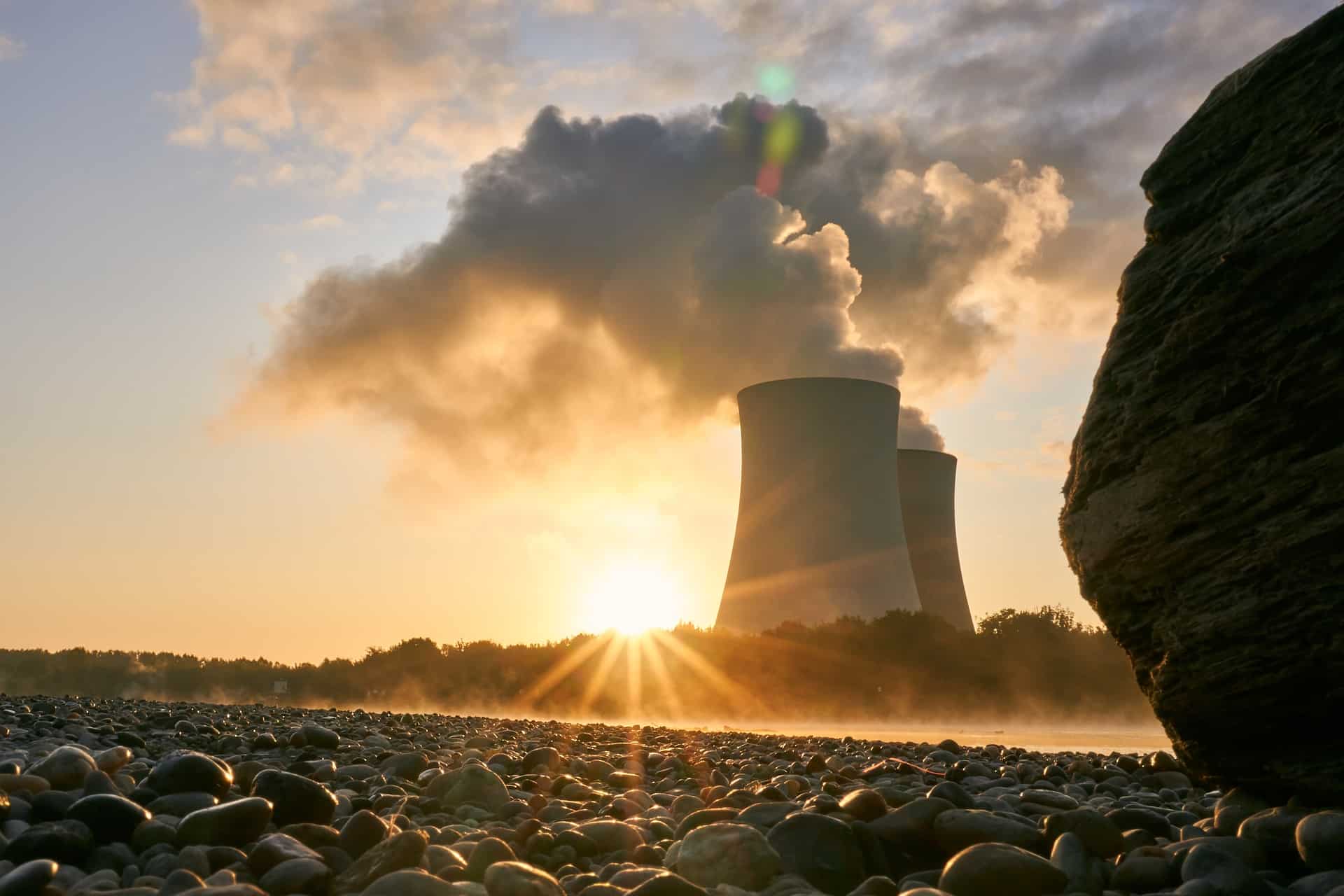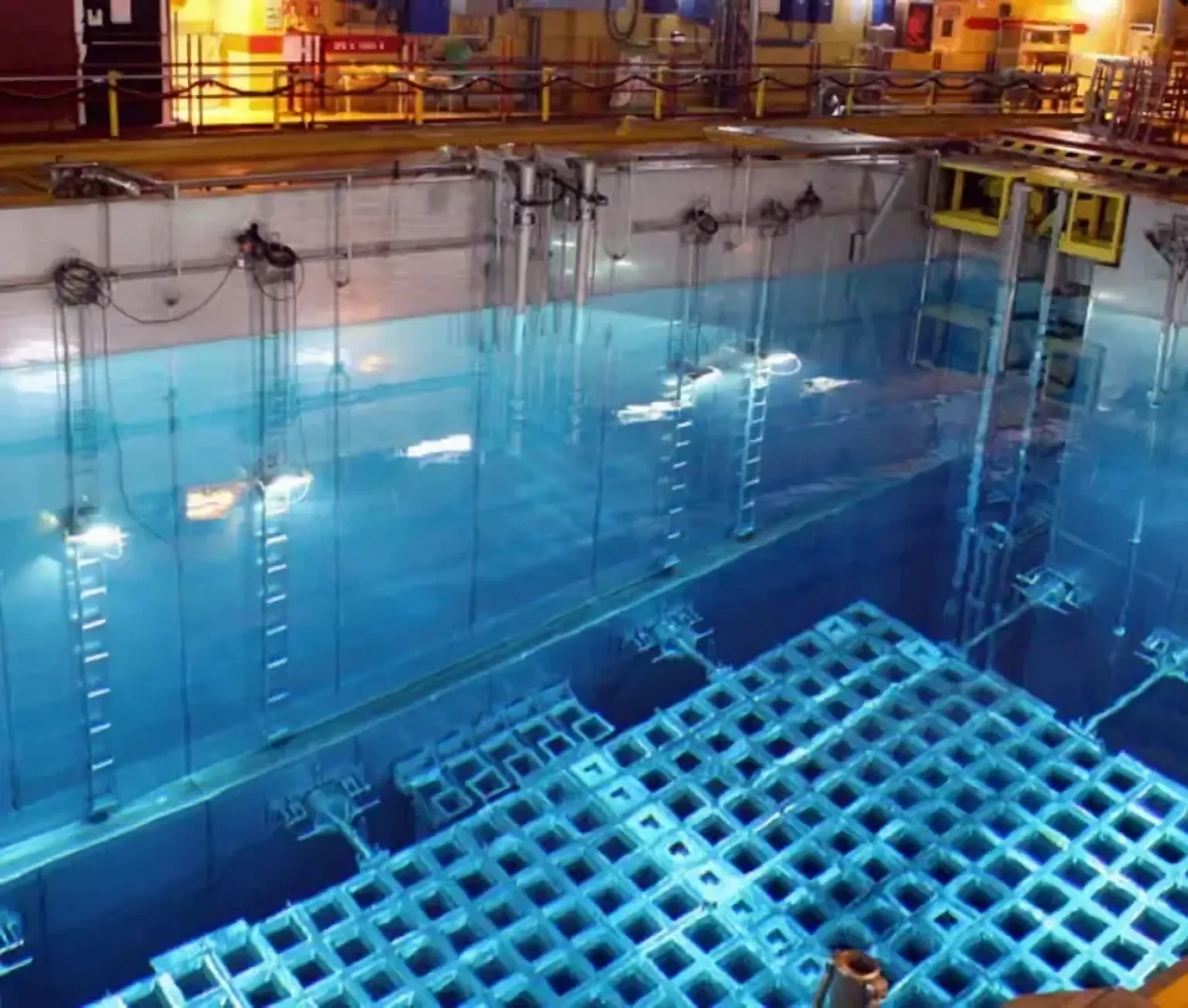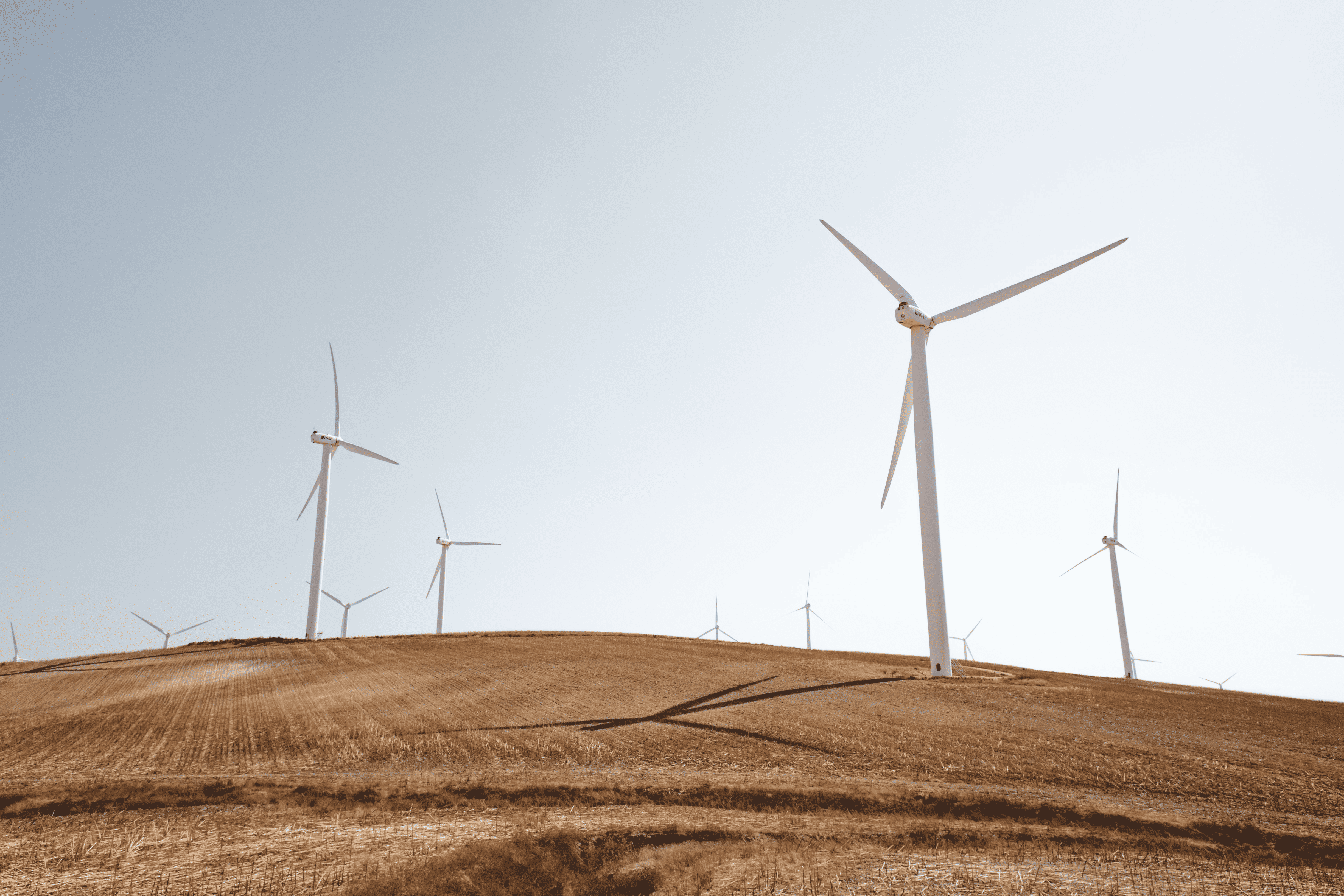
Europe’s approach to energy is a mosaic of different strategies and outcomes. The EU relies on nuclear power for a quarter of its electricity, with France being the largest producer. Yet, divergent views exist within the EU, with countries like Germany phasing out nuclear energy in favor of renewables. France and Germany’s opposing nuclear power stances have led to legislative tensions.
Spain, heavily reliant on nuclear power, plans to phase it out by 2030, while Italy, having decommissioned all its reactors post-Chernobyl, is considering its reintroduction. Both countries and France and Germany have set ambitious goals for renewable energy consumption by 2030. However, bureaucratic delays have hindered Italy’s progress in solar installations, unlike Spain, which has seen a significant increase. Despite the varied approaches, all countries are committed to transitioning towards a greener energy future, highlighting the complex dynamics of Europe’s energy landscape.
- European countries have a different approach to energy.
- France operates most of the EU’s reactors, while Germany shut down its last operating reactors.
- Spain will phase out nuclear in 2030, as Italy might reopen its reactors.
- At the same time, all countries are rolling out renewable energy strategies.
The intricacies of nuclear power in Europe
The European Union’s relationship with nuclear power is both extensive and complex. According to the World Nuclear Association, the EU derives approximately one-quarter of its electricity from nuclear power, with energy policies varying widely across its member states. The Euratom Treaty, established in 1957, aimed to foster the growth of European nuclear industries. Despite this, the number of operating reactors within the EU has declined, with a net negative balance of 25 reactors since the 1980s.
France stands out as the leading figure in the EU’s nuclear landscape, operating more than half of the bloc’s reactors. Interestingly, despite the EU’s overall decline in nuclear reactors, France shows no signs of slowing down its nuclear program. Conversely, Germany has taken a contrasting path by closing its reactors and shifting its focus toward renewable energy.

Divergent paths: Germany and France
Germany’s decision to phase out nuclear power has not been without challenges, particularly in the area of renewable energy. Despite being Europe’s top country for installed solar capacity, Germany still heavily relies on coal. On the other hand, France failed to reach its renewable energy consumption target for 2020 but made strides in areas like photovoltaic, wind, and biogas. These differing views on nuclear power have led to clashes between France and Germany in EU legislative processes, underscoring the complexities within the EU’s energy union.
Meanwhile, France continues to invest heavily in its nuclear program, with plans to build more reactors. However, the construction of European Pressurized Water Reactors (EPR) in Finland and France has been plagued by technical issues, leading to significant delays and cost overruns. Despite these challenges, France remains undeterred, showcasing the country’s steadfast commitment to nuclear energy.

Spain and Italy: a Mediterranean contrast
Further south, the Mediterranean countries of Spain and Italy present another set of contrasting energy strategies. Much like France, Spain relies heavily on nuclear power but plans to phase it out by 2030. The country has also set higher renewable energy targets than Italy, aiming for 42 percent of final energy consumption to be renewable by 2030.
Italy, meanwhile, decommissioned all of its nuclear reactors following the Chernobyl disaster. However, it is currently considering reintroducing nuclear power or building new plants. Italy aims to diversify its gas imports and be independent of Russian gas by 2024. However, the country has faced bureaucratic delays in approving solar and wind projects, slowing its progress in renewable energy.

The future of energy in Europe
Despite these divergent views on nuclear power and renewable energy, all countries within the EU are united in their commitment to transitioning towards a greener energy future. The European Green Deal, created in December 2019, aims to reduce greenhouse gas emissions by 55 percent in 2030 compared to 1990 and achieve climate neutrality by 2050.
In 2020, nuclear power generation in the EU dropped by 11 percent, while renewable energy technologies increased their output. The share of renewable power generation exceeded that of fossil fuels for the first time. This shift highlights the ongoing evolution of Europe’s energy landscape, with renewables playing an increasingly important role.
The future of nuclear power in Europe remains uncertain, with plans for new nuclear plants in Eastern Europe, including in the Czech Republic and Hungary, still hanging in the balance. The fate of these initiatives will undoubtedly shape the future of the EU’s energy landscape, adding another layer to the intricate mosaic of Europe’s energy policies.



